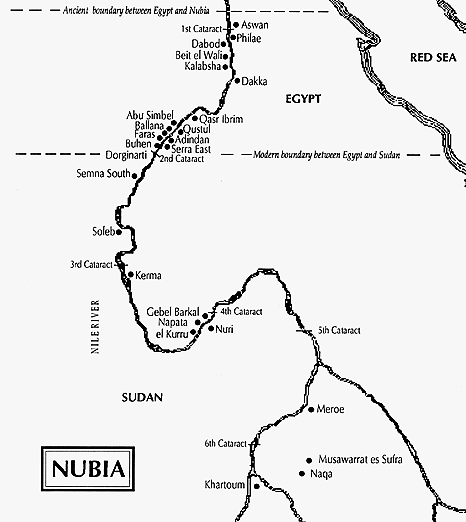For those of you that know me in person, you’d know that it
was my birthday earlier this week (Happy birthday to me). For this year’s celebrations,
there wasn’t a party or big night out like previous years. Instead, I made my way
to the British Museum to geek out
on artefacts. Exciting.
In recent months, I have found myself with a passion for my
history and my heritage. Not just to learn more about my Yoruba ancestry but
also to find out as much as I can about every people group that I share the
human race with. I have randomly found myself reading plaques on high streets
and Googling random names for no apparent reason, spending minutes on end
clicking on page after page of information.
So I headed to the museum, with huge expectations and a
yearning to feed my newfound passion. And I wasn’t disappointed. I wove my way
through leisurely tourists, some of whom had taken up entire rooms. Rooms with
artefact from Egypt, China and India were the busiest, unsurprisingly drawing
the attention of most of the visitor. But the rooms that caught my attention
were Africa and Nubia.
I’d heard so much about Nubia
previously from friends and ‘Afro-centrics’ types. About the literacy, the
economic wealth and many other things but this was the first time I would be learning
about Nubia outside of that context. According to some of their stories, Nubia
was more advanced than Egypt and various pharaohs of Nubian origin played
significant roles in the advancement of Egypt and the stories associated with
it. They said the riches of Nubia were unparalleled, a world super-power in its
own right. Although some of their claims were a bit rich, to see the writing,
the inventions and all the other artefacts brought the story of the Nubians to
life inside me. It stirred up a passion, and what I like to think is an
unpatronising kind of pity for these people, who have somewhat been relegated
to the shadow of Egypt.
I wasn’t surprised to find the Africa room in the basement
but I was surprised to find that it was sponsored by the Sainsbury family (Yes,
that one). The rooms were spacious and laid out like there might be room for
some more artefacts if they needed to squeeze some new bits in. With the Nubian
buzz still coursing through me, I made my way through the rooms, looking
curiously at the masquerade
masks, hats, jewellery and everything else on show. The detail and craft of
these artefacts paying homage to the ingenuity of a people who are often described
as though they had none.
Growing up in Nigeria, the image of the Ife
head was something we saw on TV regularly but this was the first time I
would be seeing it in the flesh. Made out of brass and dating back to the 1300s,
it was a symbol of Yoruba artistry and
craft. It was supposed to spark the same spirit of creativity within us but I
remember it more for how often its place in the British Museum was brought up
in discussions about repatriation of African artefacts. Along with bronze
figurines from the old Benin kingdom and various other parts of West Africa,
mainly Nigeria, the Ife Head sat there, far away from its natural home but
inspiring not just people like myself with Yoruba heritage but anyone that took
the time to admire its beauty.
Various other elements of the British Museum amazed me. From
the Mesopotamians to the Indonesians and every other room we ventured into. It
was the perfect gift for my inner geek and a perfect prelude to the lamb
cutlets that followed. The only downside to the visit was that the museum
closed at 5.40pm, long before I could satisfy my hunger. Until next time...



No comments:
Post a Comment